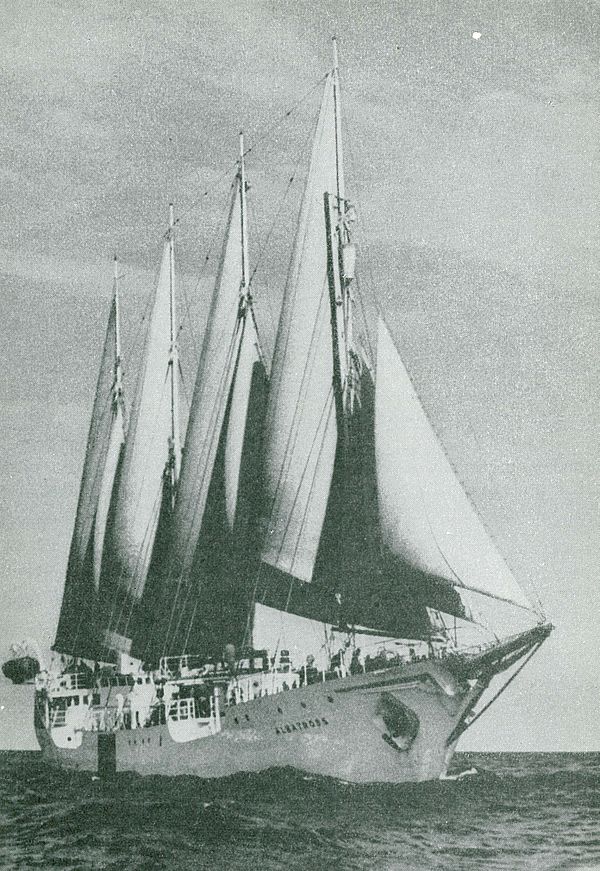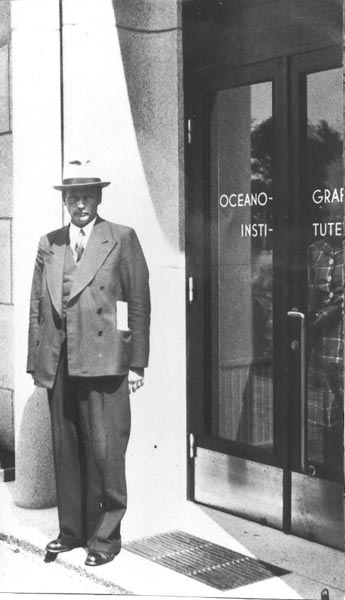History
On Stigbergstorget in Gothenburg stands a green functionalist cube. Tucked between Gathenhielmska huset and Allmänna vägen, the building almost blends into its surroundings – but what happens inside has made it one of Sweden’s most vibrant cultural venues. Along one side runs an outdoor seating area, with an entrance to the venue space at the far end. On the other side, a discreet yet grand doorway. On the facade, large letters spell out: OCEANEN.
What many people don’t know is that this house was originally built for something completely different. Starting in 1938, Oceanen was home to Sweden’s first institute of oceanography. Behind the initiative was Hans Pettersson, the country’s first professor in the field. With funding from the Knut and Alice Wallenberg Foundation, he designed the building himself – a place where deep-sea research would propel Swedish science forward for decades.
Oceanography is a field without borders – both geographically and intellectually. The building even included a guest apartment for visiting researchers from around the world. It was from here that the famous Albatross Expedition was planned and launched after World War II. Its technical breakthroughs – including the use of so-called piston corers that enabled sediment sampling at previously unreachable depths – are still stored in the attic today. When the researchers returned in 1948, Hans Pettersson was awarded the City of Gothenburg’s Medal of Merit and praised as a fine ambassador for the city.
But when the oceanographers moved out in the mid-1990s, the building stood empty – until a group of cultural pioneers saw its potential. One evening, flamenco dancer “Hagge” rode past and was struck by the rooftop terrace, hidden among the treetops. Along with his company of friends – who had previously rehearsed in courtyards and laundry rooms – they managed to rent the space on a temporary basis. Through hard work, persistence, and unexpected political support, they eventually bought the building. The collective became both a cultural force and a property owner. Oceanen was reborn.
Today, the cultural association runs the entire first floor of the building. It houses a cultural kitchen, a stage for concerts, performances and talks, a dance school and dance stage, as well as several studios and rehearsal spaces. Thanks to the organisation’s efforts, Oceanen has become a place where history, present and future meet – in sound, taste, and conversation.


photographed outside of our main entrance